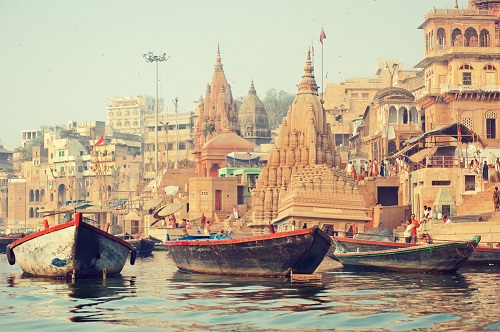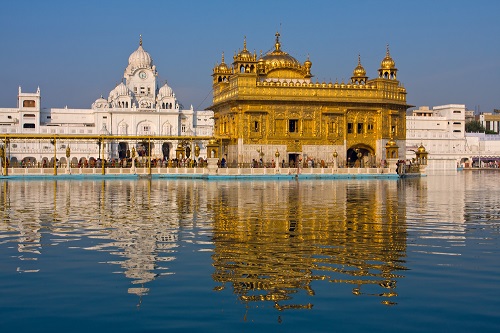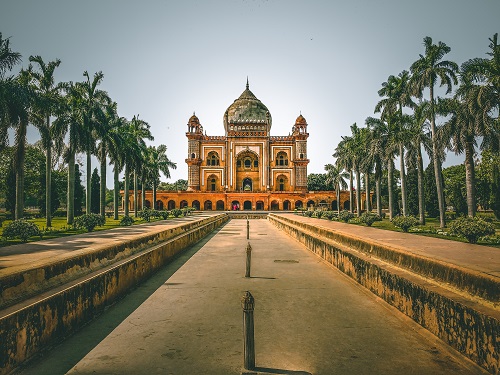If you are a resident in India, then even if you are covered by one of the country’s national insurance schemes, you will find that your options for both dental and ophthalmic treatment are very limited. Most expats in the country either rely on private health insurance, or pay out of pocket. However, India is a destination for medical tourism, including dental and optical treatment, as there are some excellent clinics available in the private sector.
How to register with a dentist
The Indian health authorities suggest that, when selecting a dentist, you should ask about their qualifications. Every dentist should have a Bachelors of Dental Surgery (BDS), and if they have a specialism they will have a Masters of Dental Surgery (MDS). It is standard practice for a patient to check the qualifications of their dentist.
Mumbai has some of the top dentistry colleges in India, as does Bengalaru (formerly Bangalore). Most urban centres in India have highly professional dental clinics.
To what extent does national insurance cover dentistry?
If you are eligible for Employees State Insurance (ESI or ESIC), covering organised private sector workers, you may be entitled to very basic treatment, although expats report that relatively few dental clinics accept ESI. It will not cover more advanced treatment, such as dental implants.
If you have been covered by ESI but have now retired, either due to age or work-related disability, you may apply for dentures.
The Indian government insists that dentists are regulated according to a training system with a minimum of five years of study. Dental colleges are regulated by the Dental Council of India. The organisation monitors, inspects, and licenses 32 government schools, as well as the 252 private colleges.

Accessing private dental treatment
As noted, most dental treatment that you are able to access in India will be in the private sector. Both expats resident in India, and those travelling to the country for the purpose of dental tourism, can take advantage of an excellent standard of care and some very competitive prices.
The average price in the UK for implants is around £2,000 per tooth, whereas dental implants in India cost around £170 – £500 per tooth. Some other costs are as follows:
• All-on-four full implants (per arch): £4,500 – £6,000
• Veneers (per tooth): £30 – £150
• Crowns (per tooth): £50 – £200
Remember to check with your intended dental provider whether they will accept your insurance, and check your policy to make sure that it covers any planned care. It is also important to check which form of payment method your intended clinic prefers, as it may be that not all credit cards are acceptable.
To what extent does national insurance cover optical care?
National insurance covers patients only for emergency care, although if you have been covered by ESI and have now retired, either due to age or work-related disability, you may also apply for spectacles under the national health scheme.
India has a large percentage of blind people, and the government has recognised that this is an issue. The World Health Organisation (WHO) says that the burden of blindness in India contributes to nearly 1/5 of the global blindness burden, mainly as a result of avoidable and treatable conditions, such as cataract and refractive errors.
‘Vision 2020: The Right to Sight – India’ has outlined the need to establish primary eye care units, ‘vision centres’, for every 50,000 people by 2020 at the level of community health centres and primary health centres under the ‘National Program for Control of Blindness’. Non-governmental organisations (NGOs), such as the Aravind Eye Care System and the private sector, have also set up some models for primary eye care services. According to Aravind, about half of all India’s eye care is provided through NGOs.
Some experts say that India is making great strides in eye care and is becoming a model for high-quality, low-cost eye care. The country was, after all, the first in the world to establish a blindness control programme. Recent government initiatives have doubled the number of ophthalmologists trained each year and expanded treatment beyond cataracts to other areas of eye care, including support for children and patients with diabetic retinopathy. India operates on a cross-subsidisation model for eye care, in which fees from wealthier patients help cover the costs of treatment for low-income earners. Thus Aravind and other hospitals charge fees on a sliding scale according to how much a patient can afford.
The Indian Optometry Federation (IOF) and the Association of Schools and Colleges of India (ASCO) have together established a private, peer regulating Optometry Council of India, and optometrists are therefore regulated.

How to register with an optometrist in India
You should have little difficulty in finding an optometrist and/or optician in India. Organisations, such as the LV Prasad Eye Institute (LVPEI), run vision centres in smaller communities, but there are plenty of eye care outlets in urban centres. You can ask colleagues or friends for recommendations, in addition to using the internet to research your options.
Accessing private eye treatment
If you are a resident in the country, you will need to access private eye care. India has a wide range of optometrists and private clinics, and it is a destination for eye surgery, such as LASIK treatment and cataract surgery. Check how up-to-date the equipment used in your chosen clinic is, however, as older equipment may result in lower costs, but may also be less reliable.
LASIK can cost as little as Rs 5,000 (£50) per eye to as much as over £1000.
You can also access treatment for retinal diseases (such as macular degeneration and detached retinas), cataracts, glaucoma, and corneal transplantation.

